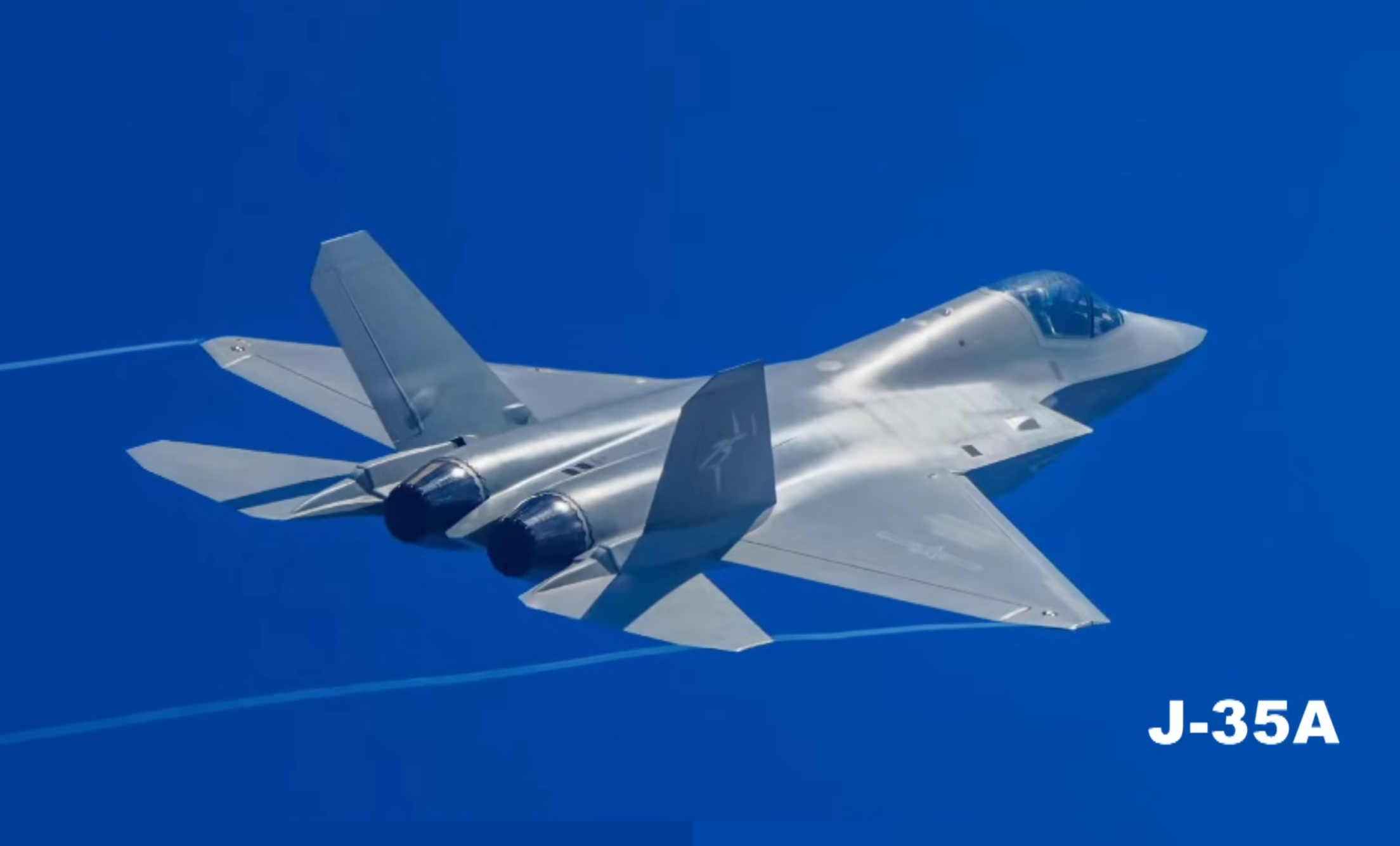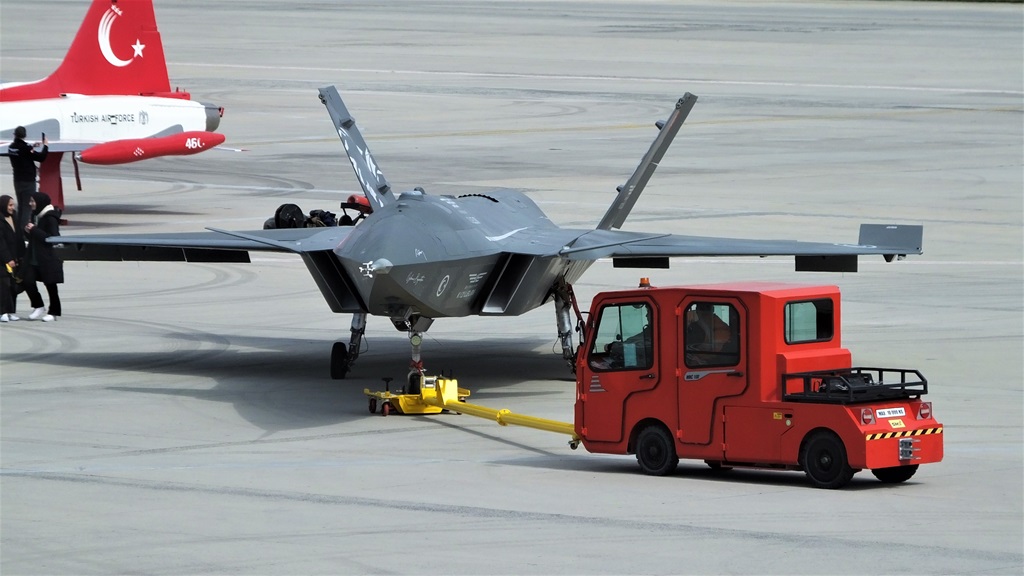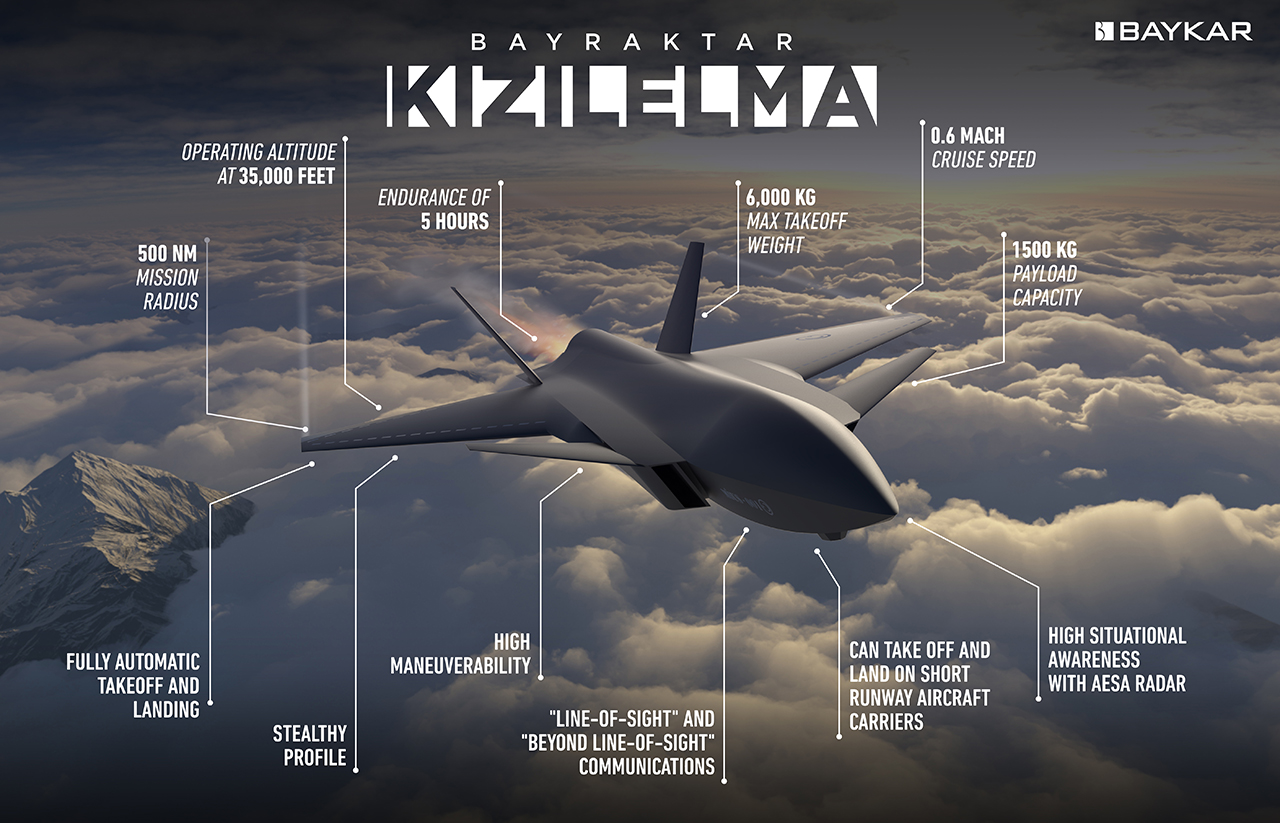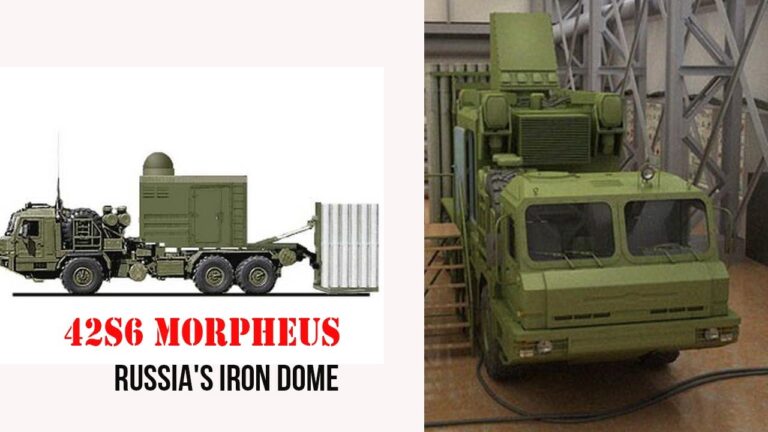
The Growth of Stealth and Autonomous Aircraft
In the fast-evolving field of military aviation, China and Turkey are creating two new aircraft that could change combat today. The J-35 is a fifth-generation fighter designed for Chinese aircraft carriers. The Kızılelma is a stealth unmanned combat aircraft from Turkey. Both aircraft represent the next generation of air warfare technology. Each has unique capabilities suited for different combat roles.
When operated together, they create a powerful mix of piloted and unmanned platforms. This combination could redefine future air combat strategies. This article explores their key features and capabilities in detail. It examines how these aircraft could complement each other in battle. The focus is on their potential synergy in military operations.
Understanding the J-35: A Stealth Fighter from China for Carriers
The J-35 is part of China’s plan to create a fifth-generation fighter that can operate from aircraft carriers for its expanding navy. Made by the Shenyang Aircraft Corporation, this stealth fighter is suitable for long-distance missions, air dominance, and strike tasks, and it is meant to strengthen China’s naval airpower. The J-35 is similar to the American F-35C, designed to operate from Chinese aircraft carriers like the Shandong.
Key Features of the J-35
- Stealth Technology: The J-35 has advanced stealth features, such as radar-absorbing materials and an internal weapons bay to lower its radar visibility.
- Carrier Operations: Designed for carrier missions, the J-35 adeptly navigates the challenging environments of Chinese aircraft carriers.
- Combat Range and Payload: The J-35 can carry advanced arms like air-to-air and air-to-ground missiles, giving it various operational options.
- Avionics and Sensors: This fighter has modern avionics, including advanced radar and targeting systems, making it effective in both air-to-air engagement and precise strikes.

Introducing the Kızılelma: Turkey’s Stealthy UCAV
The Kızılelma represents a major advancement in the realm of unmanned attack aircraft. Built by Baykar, a top Turkish defense firm, the Kızılelma is meant to perform autonomous attack tasks and handle complex operations, like air dominance and suppression of enemy air defences (SEAD).
Kızılelma’s Unique Features
- Stealth Capabilities: The Kızılelma has a design that helps it avoid enemy radar while carrying out high-risk missions.
- Autonomous Operations: Unlike standard fighter jets, the Kızılelma is an unmanned aerial vehicle (UAV), able to carry out missions on its own or under remote guidance.
- Speed and Range: The turbojet-driven Kızılelma can reach high speeds and has a long operational range, making it useful for both offensive and defensive scenarios.
- Multi-Role Functionality: It is created to carry different types of munitions, including air-to-air and air-to-ground, letting it participate in various tasks from combat strikes to surveillance.

- Turkish Kızılelma UCAV
Possible Synergy Between J-35 and Kızılelma
Though the J-35 and Kızılelma differ in design and function—one being a piloted stealth fighter and the other an unmanned UAV—their roles can enhance military strategy, especially in joint missions. The blend of piloted and unpiloted systems provides more flexibility, capability, and strategic advantage in modern warfare.

How These Aircraft Could Collaborate
1. Complementary Combat Roles
The J-35 could operate in traditional fighter roles like air superiority and protection missions, while the Kızılelma could handle high-risk strike tasks or counter-air missions. This task division allows both planes to optimise their strengths, ensuring that human pilots can focus on more complex challenges. This division of responsibilities enables human pilots to concentrate on complex decision-making, while unmanned systems independently manage additional tasks.
2. Swarming and Diversion Tactics
The Kızılelma is made to be used in swarm tactics. Many Kuzılema drones could confuse or overwhelm enemy defences, whereas the J-35 helps by taking out threats with missiles or strikes. This mix improves operational flexibility and makes mission execution more dynamic.
3. Carrier-Based Operations
Both types of aircraft can operate from their carriers. As a piloted stealth fighter, the J-35 provides air superiority and safeguards the deployed Kzlelma drones. The drones can gather intelligence and identify targets, allowing the J-35 to carry out precise strikes using real-time data from the Kızılelma.

Strategic Advantages of Piloted and Unmanned Pairings
The mix of piloted and unmanned platforms is becoming common in modern air warfare and provides several advantages:
1. Risk Reduction
Unmanned drones like the Kızılelma lower risks to human life in high-threat situations, especially during strikes or missions over hostile areas.
2. Increased Operational Efficiency
Autonomous UAVs like the Kızılelma can perform specific tasks without human control, allowing resources to focus on more complex operations. Piloted aircraft like the J-35 bring advanced decision-making and situational awareness to the fight.
3. Cost-Effectiveness
UAVs are generally cheaper to produce and maintain than traditional piloted aircraft, offering a more cost-effective solution for air forces wishing to expand without greatly raising costs.
Conclusion: The Future of Combat Aviation
The J-35 and Kızılelma show two sides of combat aviation’s future: one focusing on traditional piloted stealth fighters and the other on autonomous unmanned systems. Together, these aircraft could offer a major edge in future air campaigns, balancing air superiority, precision strikes, and autonomous missions.
As China and Turkey progress their air forces, using such advanced technologies may change how modern warfare is conducted. For military enthusiasts and experts, the potential of the J-35 and Kazlelma working together opens up opportunities for military strategy, making them significant players globally.
References
- “China’s Stealth Fighters: The J-20 and J-35”, Global Defence Review.
- “Kızılelma: Turkey’s Autonomous Stealth Fighter”, Baykar Defence’s official website.
- “The Rise of Unmanned Combat Aircraft”, Aviation Week).
- “Carrier Operations: A Global Overview”, Military Aviation News).







